In the United States, for the last 10-15 years, “platelet transfusion” means “apheresis platelet transfusion.” Whole blood-derived platelets are used far less often, but Mark Yazer thinks that is a BIG mistake!

Dr. Mark Yazer
Can we REALLY use WB-platelets?
As a result of blood centers moving to AD-platelets and hospitals getting used to them, several pretty strongly-held beliefs have entered into common thoughts, and Mark takes great delight in helping us understand that most of them are just myths! The image below describes seven comparisons between whole blood platelets and apheresis platelets that he addresses in this interview, including hemostatic efficacy, risk of bacterial contamination, risk of TRALI, and risk of forming HLA antibodies (to name a few).
Mark is a blast to listen to (and for me to talk to, as well!). This episode is informative and fun, and it may change how you’ve been thinking about some things!

Dr. Mark Yazer
Can we REALLY use WB-platelets?
As a result of blood centers moving to AD-platelets and hospitals getting used to them, several pretty strongly-held beliefs have entered into common thoughts, and Mark takes great delight in helping us understand that most of them are just myths! The image below describes seven comparisons between whole blood platelets and apheresis platelets that he addresses in this interview, including hemostatic efficacy, risk of bacterial contamination, risk of TRALI, and risk of forming HLA antibodies (to name a few).
Mark is a blast to listen to (and for me to talk to, as well!). This episode is informative and fun, and it may change how you’ve been thinking about some things!
The image below covers Dr. Yazer’s main points in this episode.
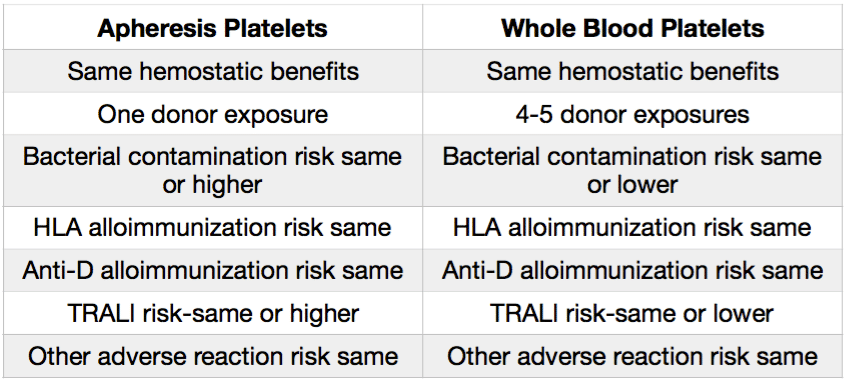





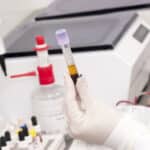




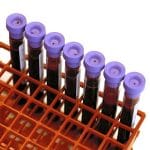

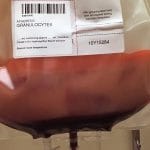
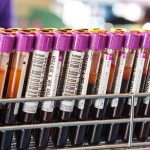
I think that the question whether to use one or the other will last forever. It is really difficult to convince someone who has been bombarded with the message that the apheresis is absolutely better. Now we know that is not true. In psychology we have the “Halo Effect” which means that people in suits are percieved as better and having better traits overall. The same phenomenon occurs with apheresis – more expensive, obtained using more sophisticated machinery is simply considered to be better. The time has come to enlighten the community. Thank you Gentelmen for starting this.
I think you are correct, Tom. It’s not an easy discussion when the narrative was so different for so long. Thanks for writing.
-Joe
I really appreciate your website. It’s the best source of up-to-date knowledge regarding blood banking on the web. Thank you for your effort and dedication. You have some followers in Poland too!